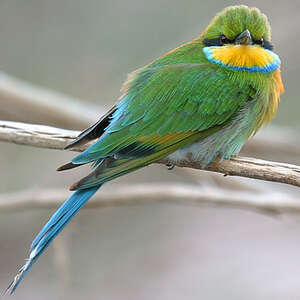The questions that piqued my curiosity for the week are
1 – Is there a place named after me?
2 – Why do birds puff themselves up?
1 – Is there a place called Arun?
The answer is yes – obviously, otherwise, why would I bring it in the curiosity box?
But before I go on giving the story, have a google search if there is a place or any geographical body like a river or mountain with the same name as yours. This quest to find the place is invalid if you were intentionally named after a place. Anyways, there is a place called Arun in the UK. The city of Arundel is in district Arun, named after the river Arun.

The Arun (river) was named the Trisantonis initially. Later it was renamed Tarrant because it often flooded the land near its bank. The name is believed to have been derived from an old English word Harhunedell which translates to the valley of horehound, which is a type of mint plant. Folklore gives another version that says that the word comes from arunde or aronde, a swallow that visits the valley.


Swallow or mint, I find it fascinating that a word, especially the name of a city, evolves and changes with time. And after few years, when we think about the etymology, we are reminded of the underlying history of a place.
2 – Why do birds puff themselves up?
Birds have inspired humans to take to the skies. The winged creatures have taught us how to take flight and ingenious ways of being one with nature.
You would have definitely seen this up close in action. A bird puffing itself up while happily sitting on a branch. They do so to keep themselves warm. Funnily, they do the same to cool themselves down too.

Not all birds have the ability and privilege to cross oceans to get to a warmer place. Some birds, especially the small ones, need to find a way to battle cold winters in countries close to the pole.
A bird’s first layer of coat is its own feathers which had as insulation. Oils on the features allow the bird to stay dry as water and oil don’t mix. Secondly, they fluff themselves up because that allows a gap to form between the feathers. In this gap, the warm heat from the bird occupies it and acts as an added layer of warm air around it.
The last thing to worry about is its legs. Some birds sit, covering their legs up. Others stand on one leg while keeping the other one tucked in. And for birds like ducks, they have counter-current flowing blood. This means that as warm blood goes to the edges of the skin, it heats up cold blood going in – ultimately to keep the inside nice and warm.
Ingenious? Nature is.